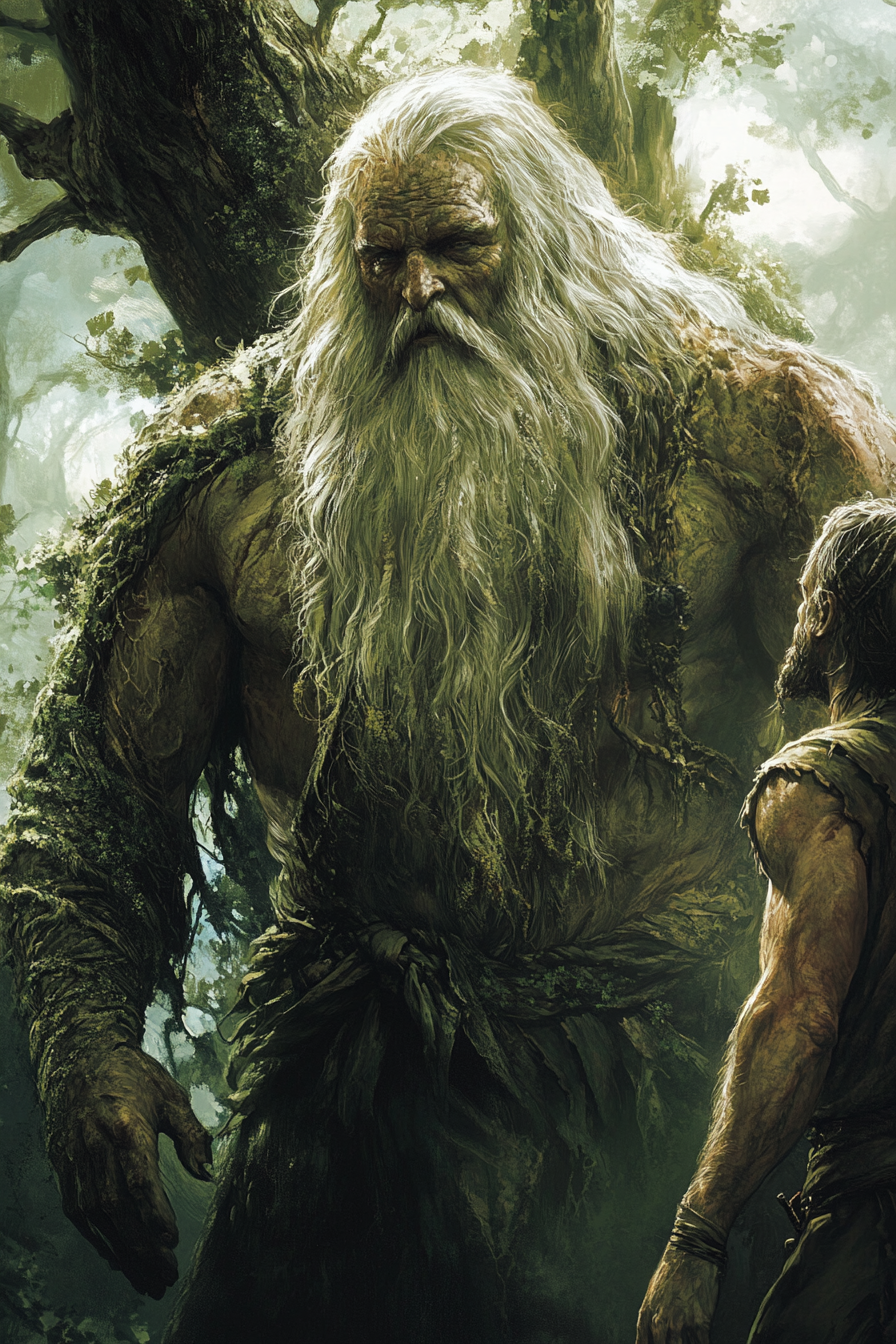Disclaimer: This post contains affiliate links. This means I may earn a commission should you choose to sign up for a program or make a purchase using my link.
The Importance of Mythology in Fantasy
Mythology is the heartbeat of any fantasy world, providing depth, history, and cultural richness that captivates readers and immerses them in your created reality. It is not just about gods and goddesses; it encompasses the legends, stories, and beliefs that shape the world and its inhabitants. A well-crafted mythology can elevate your fantasy from a simple tale to an epic journey, making your world feel alive and authentic.
This post will explore how to create a rich and believable mythology for your fantasy world, including practical tips, examples from renowned authors, and exercises to help you brainstorm and integrate mythology into your writing. Let’s get to it!

Understanding the Components of Mythology
Mythology in fantasy is multifaceted, comprising various elements that collectively build a cohesive and immersive world. Key components include:
- Pantheons of Gods: The deities who shape the world and its history. They can influence events, characters, and cultures, providing a divine framework for your story.
- Creation Myths: Stories that explain the origin of the world, its inhabitants, and the forces that shape it. These myths often reflect the core values and beliefs of the world’s cultures.
- Mythical Creatures: Beings like dragons, elves, and phoenixes that inhabit your world. They add depth and wonder, often serving as symbols or agents of the world’s mythology.
- Cultural Beliefs and Legends: The stories, rituals, and beliefs of different races and peoples. These elements add layers of depth and make the world feel lived in.
Each of these components contributes to the overall richness of your world, making it feel real and engaging to readers.
Creating Your Own Mythology: A Step-by-Step Guide
Ensure Consistency: Maintain consistency in your mythology to avoid contradictions and keep the world believable.
Research Existing Mythologies: Draw inspiration from real-world mythologies, such as Greek, Norse, or African myths, to understand common themes and structures.
Define the Scope and Scale: Decide how extensive and detailed your mythology will be. Will it be a central theme, or will it linger in the background?
Develop Core Myths: Create origin stories, tales of significant events, and legends that shape the world and its cultures.
Establish Pantheons and Deities: Define the roles and influence of gods, ensuring they fit seamlessly into the world and its history.
Incorporate Mythical Creatures: Decide which creatures will inhabit your world and how they integrate into the ecology and mythology.
Create Cultural Beliefs and Rituals: Develop the beliefs, practices, and legends of each culture, reflecting their values and fears.
Practical Exercises
- Exercise 1: Write a creation myth for your world. What or who created it, and what challenges did they face?
- Exercise 2: Design a pantheon of gods. What are their roles, conflicts, and influences on the world?
- Exercise 3: Create a mythical creature with its lore and explain its role in the world’s history and current events.
- Exercise 4: Develop a cultural legend that influences a society’s behavior or beliefs.

Incorporating Mythology into Your Story
Mythology should not be static; it should actively influence the plot and characters. Use myths to drive character motivations, conflicts, and the world’s history. Consider how myths can reveal the world’s cultural and moral landscape, enhancing the narrative’s depth.
Examples from renowned authors include J.R.R. Tolkien’s Middle-earth, where the Silmarillion provides a rich historical and mythological backdrop, shaping the events of The Lord of the Rings. In Neil Gaiman’s American Gods, mythology is central to the plot, exploring the clash of old and new gods in modern America.
Avoiding Common Mistakes
- Avoid Info-Dumping: Introduce mythology gradually, allowing readers to discover it through the narrative rather than through lengthy explanations.
- Don’t Overcomplicate: Ensure your mythology is coherent and accessible, avoiding unnecessary complexity that might confuse readers.
- Serve the Story: Ensure that mythology enhances the plot and characters, rather than overshadowing them.
Examples of Effective Mythology in Fantasy Literature
A Song of Ice and Fire by George R.R. Martin: Seamlessly weaves mythology into the world’s history, influencing the political and cultural dynamics of Westeros.
The Silmarillion by J.R.R. Tolkien: A masterclass in world-building through mythology, providing the foundation for Middle-earth’s history and cultures.
American Gods by Neil Gaiman: A contemporary take on mythology, blending traditional myths with modern themes to create a compelling narrative.
The Fifth Season by N.K. Jemisin: Incorporates a unique mythology that drives the plot and world-building, enriching the story’s depth.
Percy Jackson and the Olympians by Rick Riordan: Demonstrates how mythology can be reimagined in a modern context, making ancient myths relatable for younger audiences.
Wrap Up
The Impact of Rich Mythology on Your Fantasy World
A rich, believable mythology is essential for creating an immersive fantasy world. By thoughtfully crafting your mythology, you can deepen your world’s history, cultures, and characters, making your story more engaging and memorable. Remember to integrate mythology seamlessly into your narrative, avoiding common pitfalls, and draw inspiration from existing mythologies while adding your unique twist.
Whether you are a seasoned author or a beginner writer, the journey of creating your own mythology is both rewarding and fulfilling. Start small, be patient, and have fun crafting the legends that will bring your world to life. As always, Happy Writing!

Newsletter Sign-Up